For the third installment of this series, we asked experts to predict how children’s play will change in the coming months and years due to the COVID-19 pandemic. But because there were even more voices we wanted to capture, we decided to create a second set of posts focusing on children’s digital play. We asked our experts: How will—or should—the way children play with digital media change in the future due to the current pandemic? How can design cultivate kids’ physical, socio-emotional, and cognitive wellbeing through future forms of digital play?Click the thumbnails below to read what they had to say:
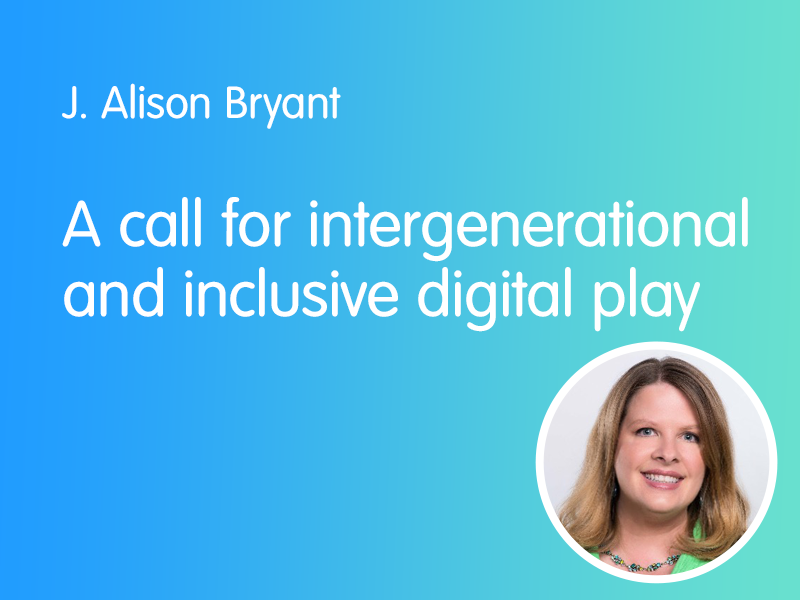 |
 |
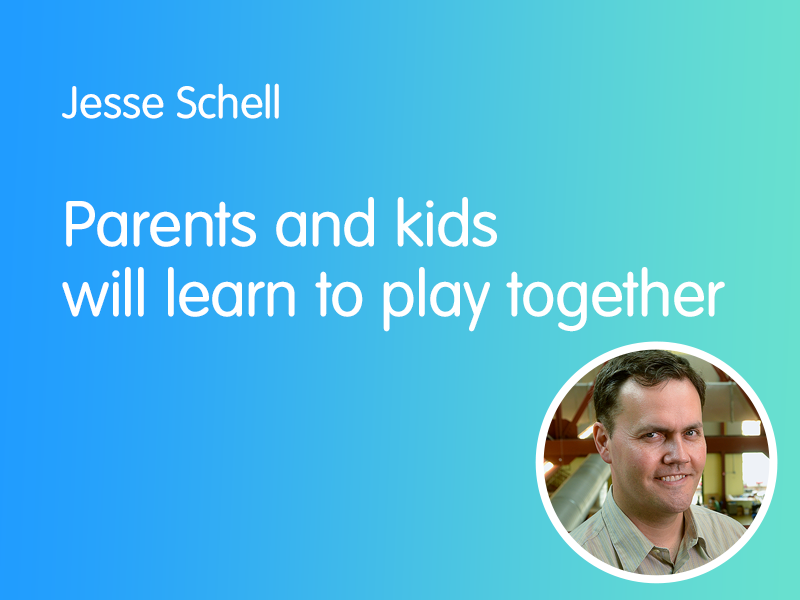 |
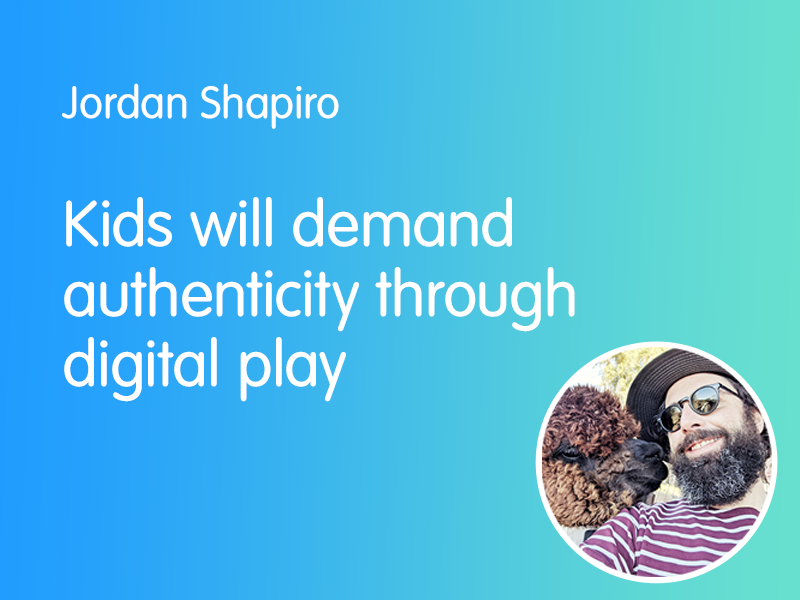 |
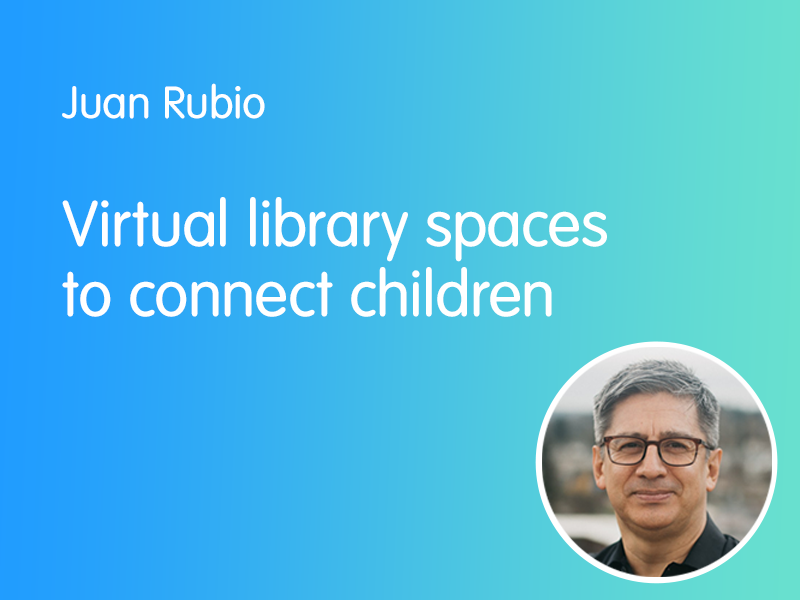 |
 |
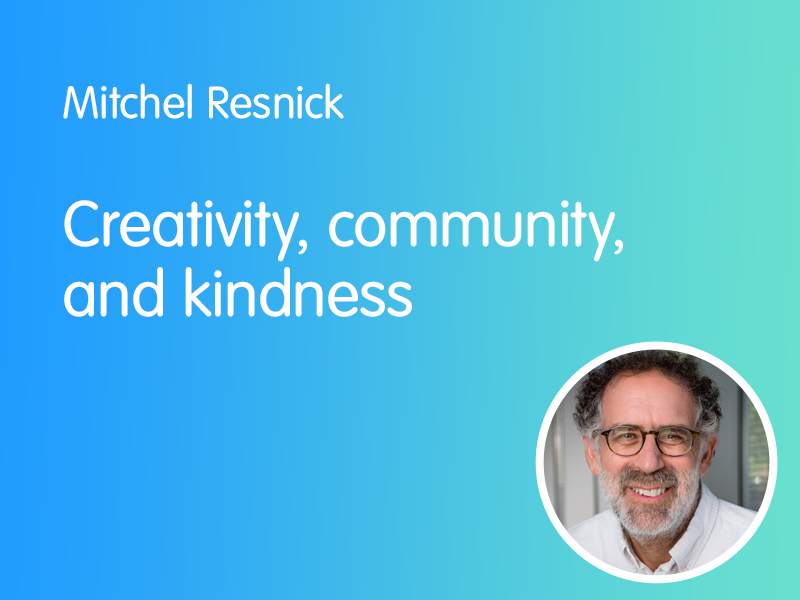 |
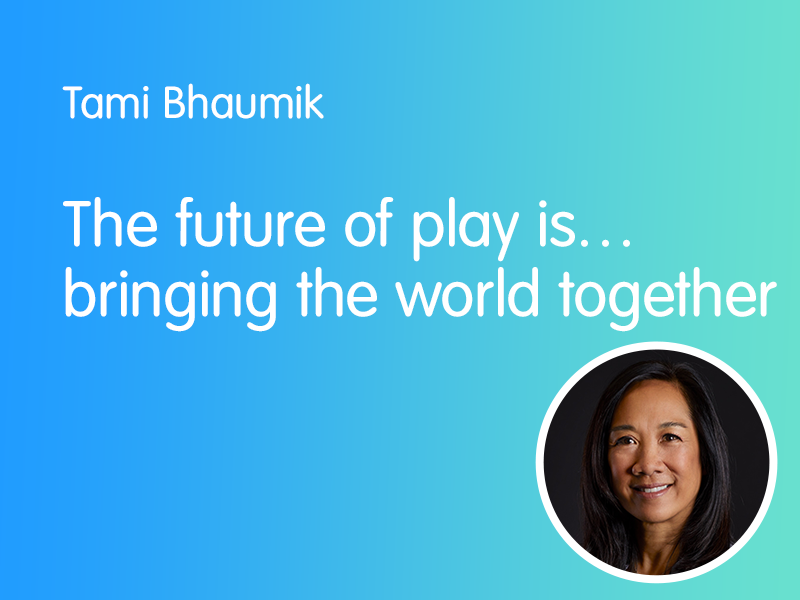 |
-
- Voices on the Future of Childhood: An overview by Lori Takeuchi
- Part 1: One thing that must be done now
- Part 2: What will change as a result of the pandemic
- Part 3: The future of play
- Part 4: The future of digital play
- Part 5: Back to school
- Part 6: Diversity, Belonging, and Racial Justice